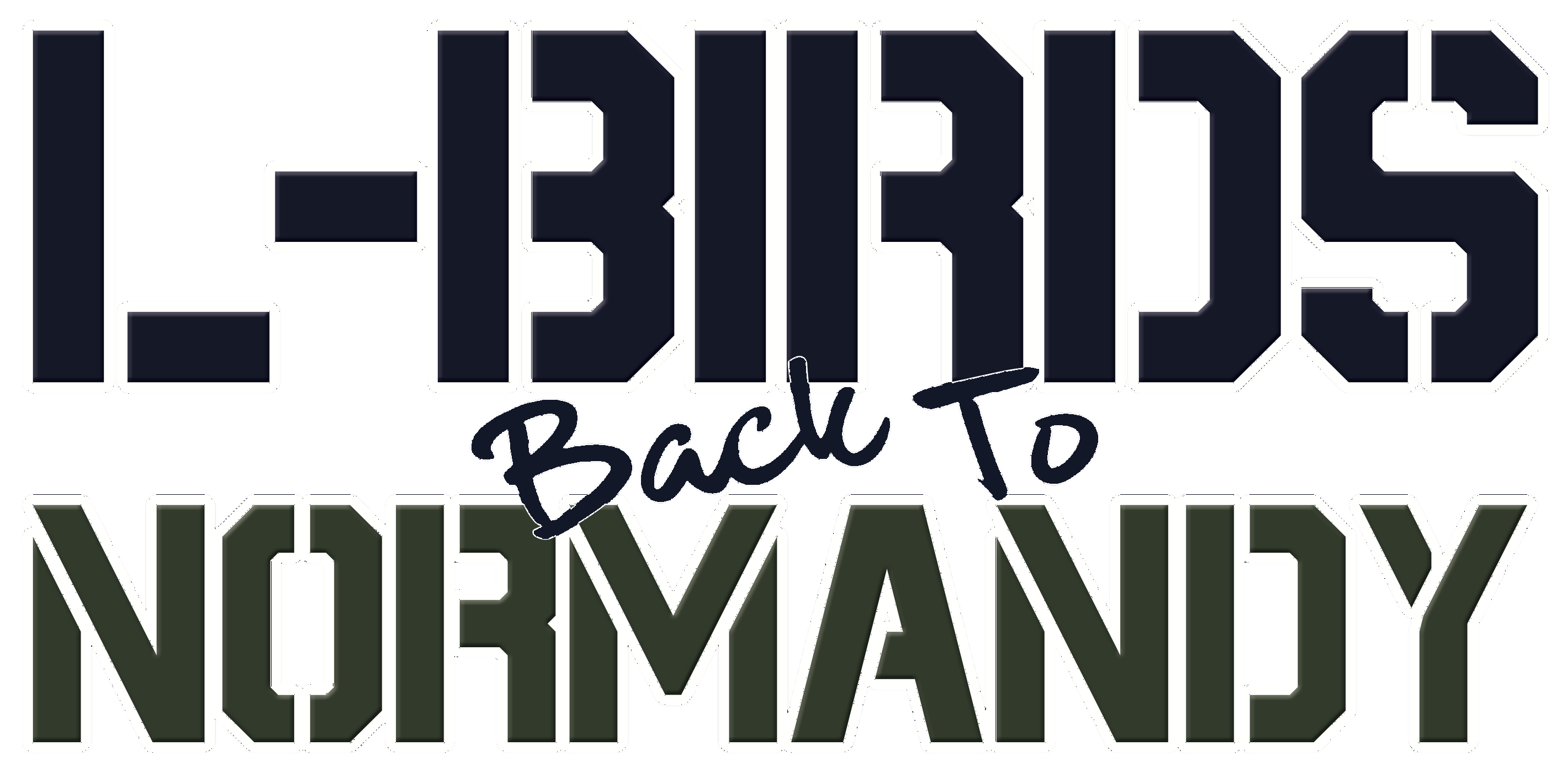Du Piper L-4 au Fieseler Storch : Les « L-Birds »
Au milieu des bocages et sur les plages, les L-Birds volent lentement et bas. Ils échappent ainsi aux tirs des avions de chasse ennemis et à ceux provenant du sol. Légers et robustes, les Piper L-4 et autres L-Birds se posent sur des pistes sommaires, dans des champs ou sur des petites routes.

Les avions de liaison, ou « L-Birds » fournissent un transport rapide pour les personnels et cargo importants. Vers ou depuis les zones de combat. Ils servent aussi de plateforme d’observation aérienne et sont utilisés pour ajuster les tirs d’artillerie, fournir des renseignements et des photos aériennes stratégiques. C’est grâce à eux qu’est développé le concept d’évacuation médicale. Ils apportent matériel de premiers secours et poches de sang sur le front, et évacuent les soldats blessés. Ils amènent radios et munitions aux soldats isolés, transportent cartes et messages stratégiques entre les postes de commandements. Ils transportent aussi Généraux et autres gradés.

L’efficacité des Piper L-4, et autres L-Birds était telle qu’elle augmentait considérablement le potentiel des forces au sol, ainsi que le moral des troupes. Quand le Commandement Nazi décida d’octroyer une prime à ses pilotes, lorsqu’ils abattaient un chasseur allié, ils octroyèrent une double prime à ceux qui abattraient un de ces petits L-Birds, pourtant avion non armé, fait de tubes et de toile.
Héros discrets du débarquement, ils sont les premiers avions des alliés sur le sol normand
 La majorité des Piper L-4 qui sont arrivés en Normandie lors du D-Day furent transportés en bateau, ailes démontées et placées contre le fuselage, afin d’être débarqués avec les barges de débarquement sur les plages.
La majorité des Piper L-4 qui sont arrivés en Normandie lors du D-Day furent transportés en bateau, ailes démontées et placées contre le fuselage, afin d’être débarqués avec les barges de débarquement sur les plages.

L’U.S. Navy les embarqua afin qu’ils puissent aider dès l’invasion initiale. Une des premières actions du 6 juin, après avoir sécurisé la plage, fut de préparer une piste de fortune afin que les L-4, ainsi que les Stinson L-5 Sentinels – arrivés en vol – puissent décoller et diriger les tirs de la Navy et de l’artillerie, pendant la percée dans les terres.
Rapidement assemblés, les premiers décollèrent de pistes sommaires, comme ci-dessous, de la plage de Grand Camp.

Derrière leur leader le Lt. Dave Condon, à bord de son Stinson L-5, une patrouille de 5 Piper L-4, équipés de réservoirs d’essence supplémentaires, improvisés à partir de bombonnes d’oxygène, traversèrent la Manche au matin du 7 juin. Ils atterrirent à Ste Marie du Mont, à proximité de Utah Beach. Dans l’enchainement des événements du D-Day, cette patrouille de six L-Birds fut le premier poser d’avions alliés sur le sol normand.

Ce premier poser d’un avion allié, le 7 juin 1944, sera commémoré par un survol des avions de l’événement L-Birds back to Normandy.
Proches de la population locale




Parce qu’ils se posaient sur des pistes sommaires, aménagées dans des champs, les pilotes de L-Birds eurent dès le début un contact direct avec la population locale.
Pour beaucoup de Normands, ce fut la première fois qu’ils voyaient un avion de si près.
Souvent désignés par le nom du plus fréquemment rencontré, le Piper L-4 Grasshopper, ou « Piper Cub », ils sont restés un souvenir fort en Normandie.
 Certains des pilotes sont français. C’est ainsi que l’un d’eux profita de quelques jours de libres pour emmener ces collègues américains visiter Paris… en Piper Cub ! On peut reconnaître le n° 59 de la photo ci-dessus, prise en Normandie.
Certains des pilotes sont français. C’est ainsi que l’un d’eux profita de quelques jours de libres pour emmener ces collègues américains visiter Paris… en Piper Cub ! On peut reconnaître le n° 59 de la photo ci-dessus, prise en Normandie.
Les L-Birds ont accompagné l’avancée des Troupes jusqu’à la guerre. Alors que les chasseurs et bombardiers furent rapatriés vers les Etats-unis, ces petits avions furent décommissionés sur place, et utilisés pour la formation de milliers de pilotes après-guerre.
